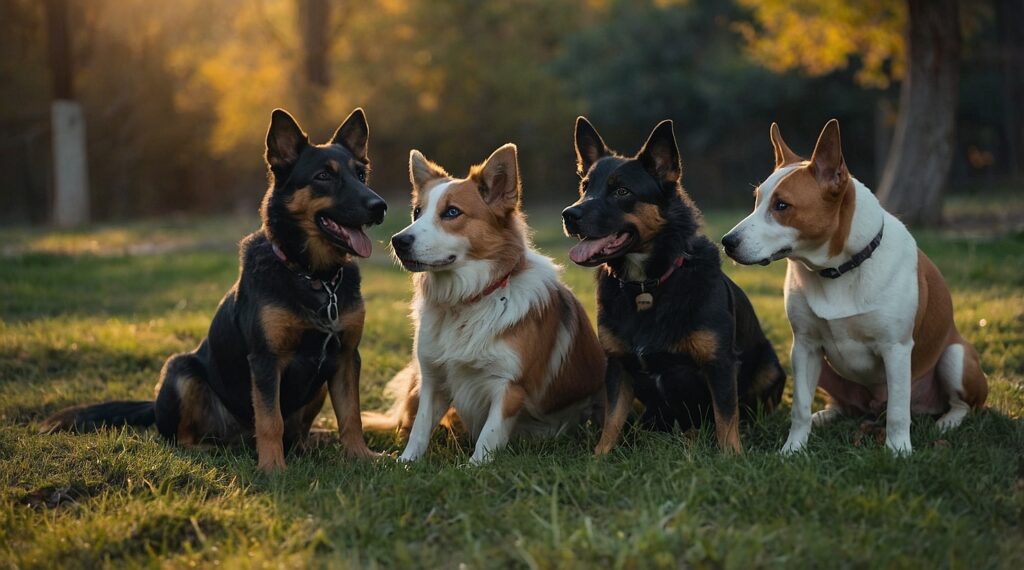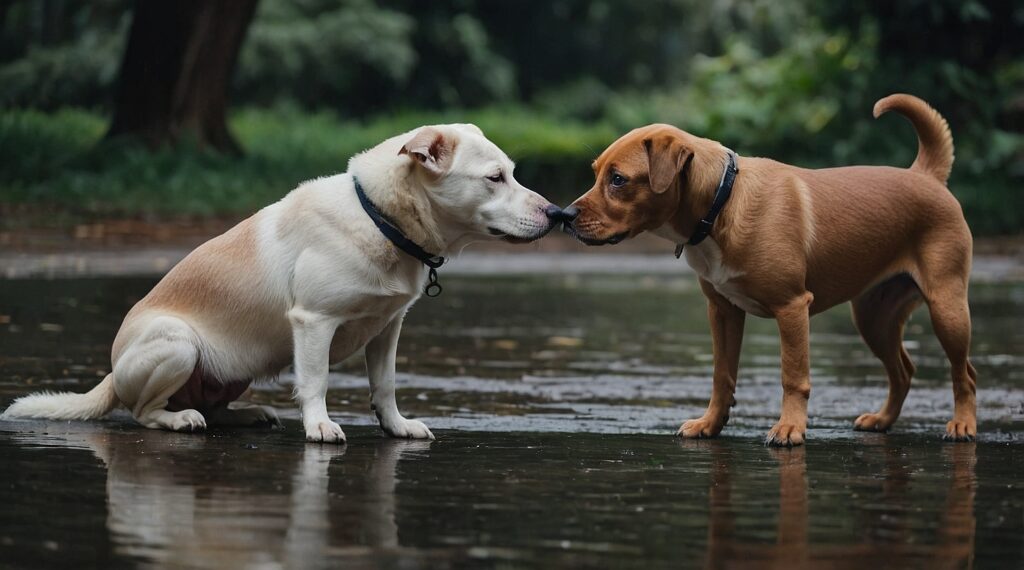Socializing a shy or fearful dog can be a rewarding yet challenging process. Dogs who are fearful often need extra time and gentle guidance to feel safe in new situations. With the right strategies, patience, and a lot of love, you can help your dog become more confident and comfortable around new people, animals, and environments.
1. Start Slow and Small
When socializing a shy or fearful dog, begin by introducing them to new things in small doses. Start in quiet, familiar settings with minimal distractions. Avoid overwhelming situations, like crowded dog parks or busy streets, until your dog has built more confidence.
- Example: Instead of a busy park, take them to a quiet corner of your neighborhood for a short walk.
2. Use Positive Reinforcement
Positive reinforcement is one of the most effective tools for building confidence in shy dogs. Reward your dog with treats, praise, and affection whenever they show curiosity or confidence in a new situation. This helps them associate new experiences with positive outcomes.
- Tip: Keep treats handy on walks to reinforce calm behavior when your dog encounters something new.
3. Introduce New People Slowly
If your dog is fearful of people, let them approach new people at their own pace. Encourage friends and family to remain calm, avoid direct eye contact, and allow your dog to sniff or approach when they feel comfortable. Avoid forcing interactions, as this can increase fear.
- Activity Idea: Try having people offer treats from a distance, letting your dog decide when to move closer.
4. Pair New Experiences with Familiar Comforts
Shy dogs often feel more secure with items or people they trust. When introducing a new environment, bring along their favorite toy or blanket, or have a trusted person join. These comforts can help them feel more at ease.
5. Practice Desensitization and Counter-Conditioning
Desensitization is the gradual exposure to what your dog fears, while counter-conditioning replaces their fearful response with a positive one. For example, if your dog is afraid of other dogs, start by observing from a distance where they feel safe and gradually move closer over time, rewarding calm behavior.
- Example: If your dog fears loud noises, start with quiet sounds and slowly increase the volume over multiple sessions.
6. Teach Basic Commands
Training your dog in basic commands like “sit,” “stay,” and “come” helps them understand that they have a trusted leader in you. Familiar commands give them something to focus on, reducing anxiety and building their confidence in new situations.
7. Consider Dog Classes or Play Dates
Structured environments like dog training classes can help your dog practice socialization with the guidance of a professional. Choose a class with other gentle dogs and an experienced instructor who understands how to work with shy or fearful dogs. If your dog isn’t ready for classes, try low-key playdates with calm, friendly dogs.
8. Patience is Key
Remember, each dog is unique and will respond at their own pace. Some dogs may make significant progress in a few weeks, while others may need months of consistent, gentle guidance. Celebrate small victories along the way and avoid comparing your dog’s progress to others.

When to Seek Professional Help
If your dog shows extreme fear or aggression, consulting with a professional dog trainer or behaviorist is a wise step. Professionals can assess your dog’s needs and provide a tailored approach to help them overcome their fears.
Helping a shy or fearful dog gain confidence is a journey, but with patience, understanding, and positive reinforcement, your dog can become more comfortable and enjoy new experiences with you by their side.



